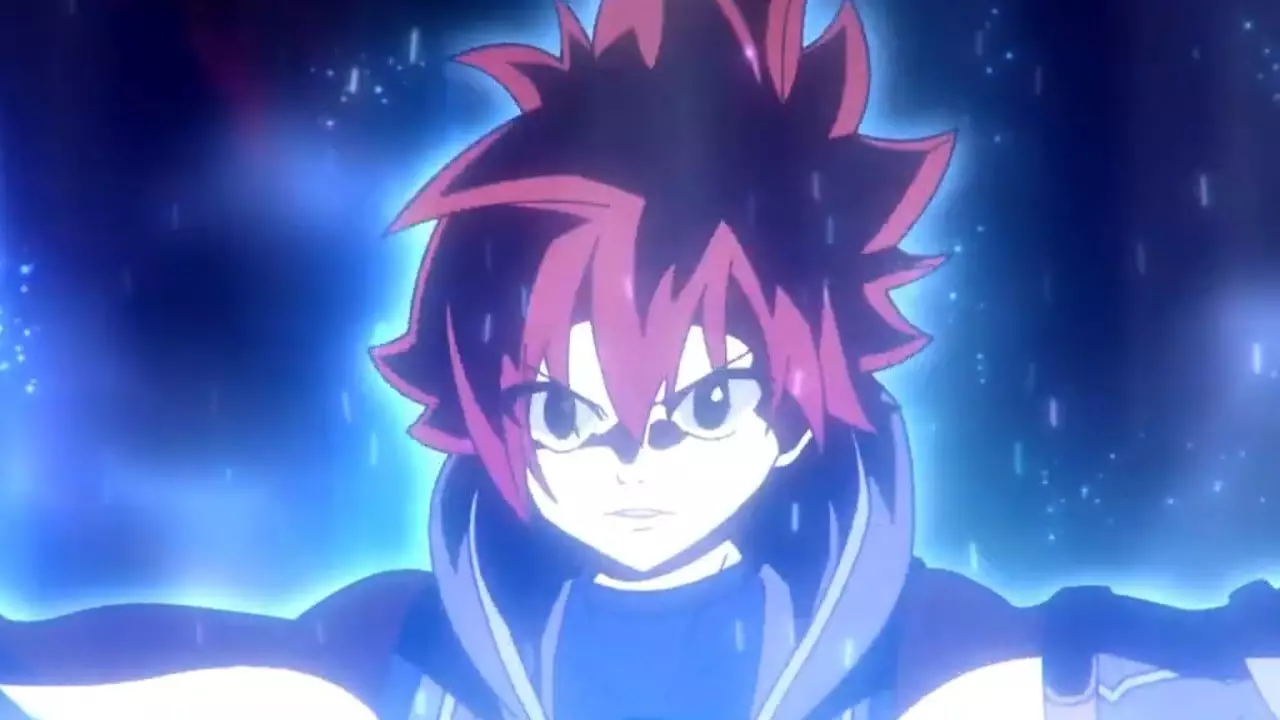The gaming landscape is continuously evolving, with developers constantly pushing the boundaries of established genres. This is precisely what Marvelous aims to achieve with their latest offering, Farmagia. Initially showcased during the June 2024 Nintendo Direct, this action RPG combines the familiar mechanics of beloved farming simulations found in notable series like Rune Factory and Story of Seasons but adds an exciting twist: players cultivate monsters instead of traditional crops. By merging these diverse gameplay elements, Farmagia aims to create a fresh and engaging experience for both RPG enthusiasts and farming sim fans alike.
At the heart of the adventure lies Ten and his companions, all members of the magical Order of Farmagia. These farming mages possess the extraordinary ability to tame and utilize monsters in battles against formidable foes. Their story unfolds in a world embroiled in conflict, where the significance of friendship and collaboration becomes paramount as they navigate both personal trials and larger societal issues.
Farmagia introduces a unique structural design that alternates between 2D dialogue scenes and immersive 3D environments. While players engage in conversation and traverse bustling locations like the main city of Centvelt, the action shifts to 3D when exploring farms and dungeons. The farming component may seem enticing at first, but the gameplay suffers from unexpected limitations.
A notable constraint is the management of Stamina points; players can only replenish this resource by completing dungeon mazes. This design choice often interrupts the flow of farming, ultimately detracting from the immersion players could have experienced while tending to their monster crops. Unfortunately, the farm area itself comes across as lackluster, lacking dynamic elements that could enrich the space, making it feel disconnected and sterile against the vibrant backdrop of the game’s world.
Nevertheless, it is essential to acknowledge that Farmagia shines when it embraces traditional RPG elements. From ancient magical artifacts to epic confrontations with otherworldly enemies, the game doesn’t shy away from indulging in the genre’s favorite tropes. The writing encapsulates the charm of classic fantasy narratives, cleverly intertwining humor and lore, similar to beloved anime shows.
Divided into twelve chapters, Farmagia’s narrative offers threads of character-driven storytelling. Each chapter focuses primarily on a member of Ten’s group, seamlessly intertwining their personal challenges with overarching narrative conflicts tied to the war they face. While this structure can lead to predictability, the emphasis on character development ultimately creates a cohesive and enjoyable story.
The game adeptly balances the exploration of themes such as camaraderie and resilience while utilizing moments of comic relief that enrich the overall experience. Players become engaged not solely through the primary quest but also through understanding the rich inner lives of each character within Ten’s circle. This intersection of character arcs provides a satisfying depth that is often missing from other titles in the genre.
Aesthetic Appeal and Design Choices
Visually, Farmagia stands out as a testament to Hiro Mashima’s artistry. The game replicates the vibrant aesthetics familiar to fans of his works, providing beautiful static backgrounds during dialogues that immerse players in its enchanting world. Each character boasts designs evocative of anime archetypes, complete with distinctive traits that maintain a visual variety, although the same cannot be said for the monsters.
Despite the charm of Ten and his companions, players may find the diversity of the creatures themselves less visually appealing. The creature designs often rely on simple color changes or minor modifications as they grow stronger, resulting in a lack of original designs. This repetition may disappoint players hoping for a deeper sense of variety within the fundamental monster-catching gameplay.
Combat in Farmagia is another aspect that adheres to conventions of the action RPG genre while maintaining ease of play. Players wield a limited set of twelve monsters that act as both weapons and skills, but the simplified progression system could leave seasoned players wanting more complexity. While the combat mechanics allow for straightforward play styles, they lack the depth seen in many contemporary RPGs.
The battles, while not particularly challenging, are fluid and allow for large-scale clashes with well-animated enemy encounters. Even amidst chaos, the performance remains stable, ensuring that players can enjoy a seamless experience without technical disruptions. For some, this straightforward approach to combat may feel satisfying, while others seeking a more intricate battling system could find it lacking.
Farmagia represents an ambitious attempt to blend the worlds of action RPGs and farming simulations, encapsulated within a charming fantasy narrative. Although the farming mechanics may falter in depth and engagement, and the combat system may exhibit simplicity, the game still provides an enjoyable experience filled with delightful visuals and endearing characters. For fans eager to explore a light-hearted, magical adventure, Farmagia could serve as an inviting entry point, opening the door to more robust RPGs in the future. Ultimately, despite its flaws, this title delivers a captivating experience that highlights the importance of collaboration and friendship—a nostalgic reminder of why we cherish such narratives in gaming.


Leave a Reply